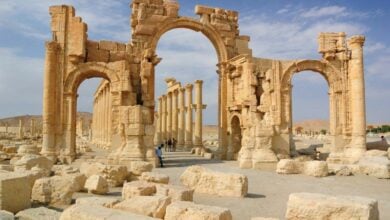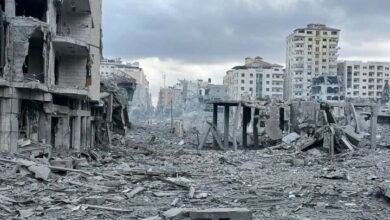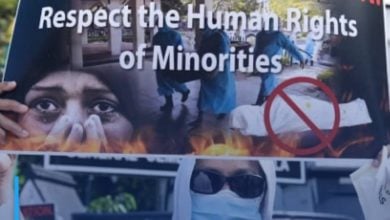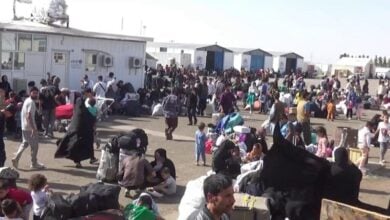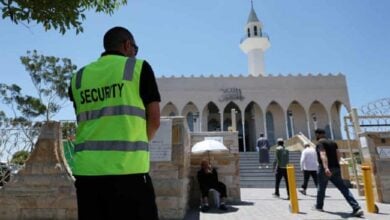Hazara Genocide of 1998 in Mazar-e-Sharif
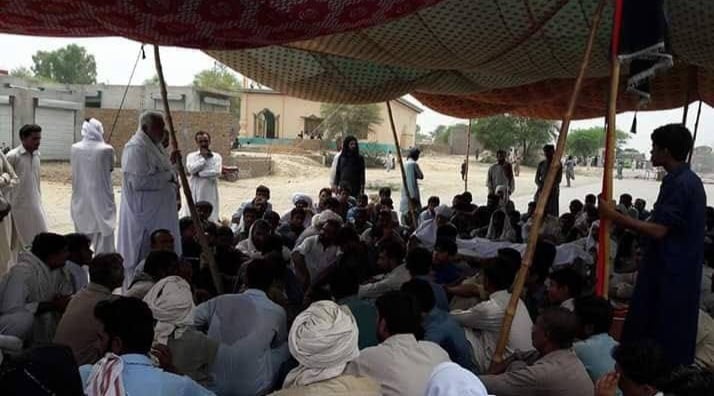
The Hazara genocide of 1998 in Mazar-e-Sharif stands as a haunting reminder of the brutality that can arise from ethnic and anti-Shia tensions. The tragic events of that year saw the targeted mass killings of Hazara civilians, leaving a scar on Afghanistan’s history that still resonates today.
The Mazar-e-Sharif massacre serves as a sombre lesson in the consequences of unchecked prejudice and the urgent need for tolerance and understanding in a diverse society.
Afghanistan’s history has been marred by ethnic and sectarian divisions, often erupting into violent conflicts. The Hazaras, an ethnic minority group primarily composed of Shia Muslims, have long faced discrimination and persecution from dominant Sunni groups.
This historical tension laid the groundwork for the devastating events that unfolded in 1998. In May 1998, Taliban, captured the city of Mazar-e-Sharif. The city, with its diverse population, had long been a melting pot of various ethnicities and religions.
However, the situation quickly deteriorated as Taliban’s forces targeted Hazara neighbourhoods, unleashing a wave of violence that saw the mass killing of thousands of innocent Hazara civilians.
Eyewitness accounts describe the horrors that unfolded during those dark days. Families were torn apart, homes were destroyed, and individuals were subjected to unspeakable atrocities.
The massacre shocked the international community and prompted widespread condemnation, shedding light on the depths of human cruelty.
The Taliban launched their campaign and gave Hazara two choices; either to convert to Sunni Islam or die.
The international community’s response to the Mazar-e-Sharif genocide was mixed. While some nations and organizations denounced the violence, others were slow to react or took limited action.
The events highlighted the challenges of addressing such humanitarian crises in a complex and politically charged environment.
In the aftermath of the massacre, the scars of trauma and loss endured by the Hazara community were profound. Families were left shattered, and survivors were left struggling to rebuild their lives amid the ruins of their once-thriving neighbourhoods.
The massacre further entrenched divisions within Afghan society, fueling a cycle of revenge and hatred.
Decades later, Hazaras are continuously systematically targeted due to their ethnic and Shia identity, with Taliban’s clear goal to completely wipe out all Hazaras.


